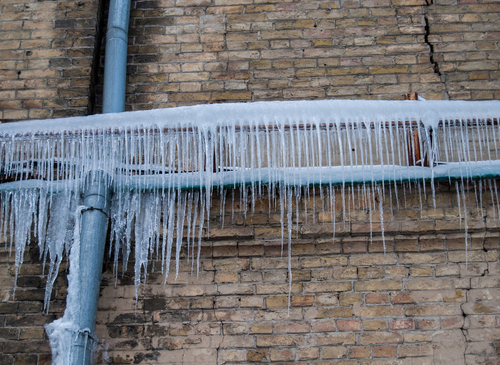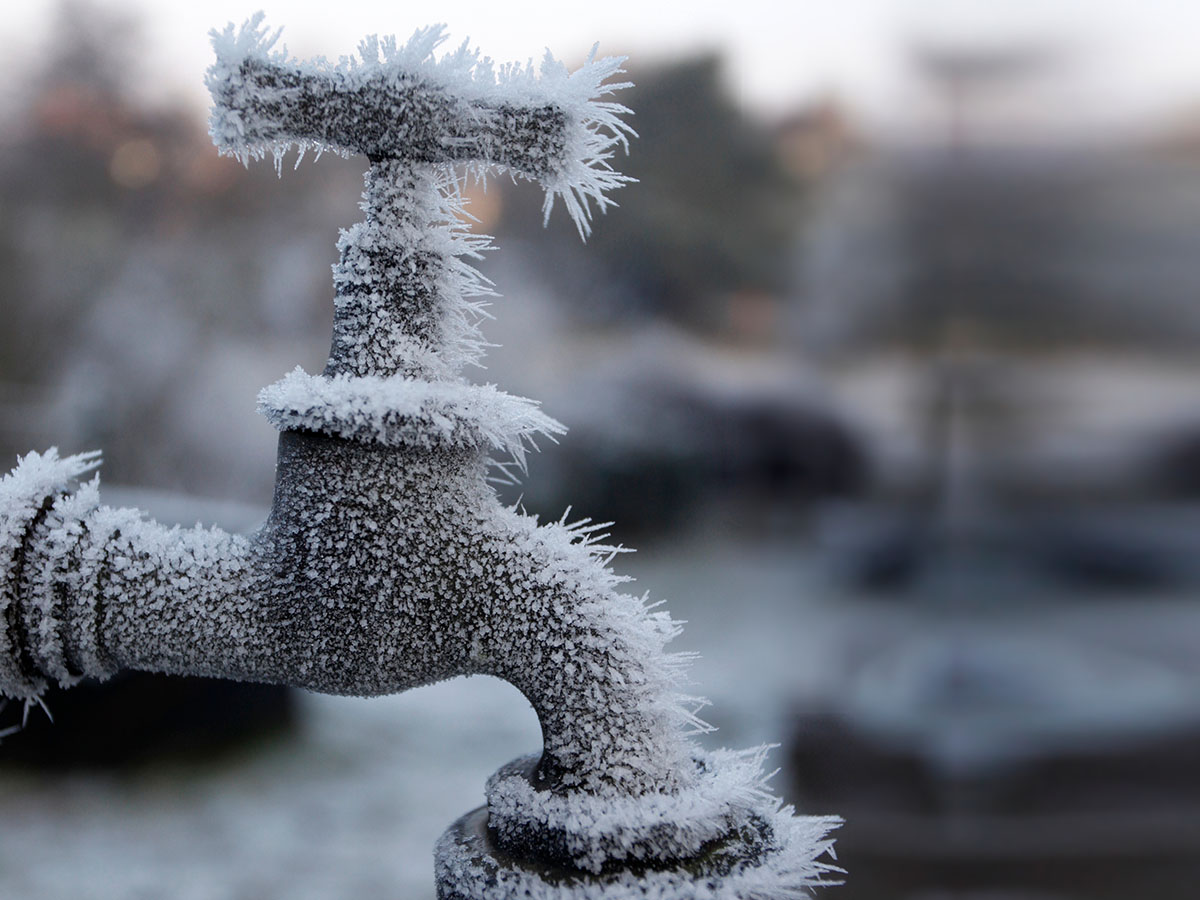Protecting Against Frozen Plumbing in Cold Weather: Pro Tips
Protecting Against Frozen Plumbing in Cold Weather: Pro Tips
Blog Article
Just how do you really feel with regards to 6 Ways to Prevent Frozen Pipes?

Winter can damage your plumbing, specifically by freezing pipelines. Right here's how to stop it from occurring and what to do if it does.
Intro
As temperatures drop, the threat of icy pipes boosts, possibly bring about pricey repairs and water damages. Understanding just how to avoid frozen pipelines is important for home owners in cool climates.
Recognizing Frozen Pipelines
What causes pipelines to ice up?
Pipelines freeze when revealed to temperature levels below 32 ° F (0 ° C) for prolonged durations. As water inside the pipes freezes, it expands, putting pressure on the pipe walls and potentially creating them to burst.
Threats and problems
Frozen pipes can result in water system interruptions, home damage, and expensive repair work. Ruptured pipelines can flooding homes and create extensive architectural damage.
Signs of Frozen Pipes
Recognizing frozen pipelines early can avoid them from breaking.
Exactly how to recognize icy pipes
Search for decreased water circulation from faucets, uncommon smells or sounds from pipes, and noticeable frost on subjected pipelines.
Prevention Tips
Protecting vulnerable pipes
Wrap pipelines in insulation sleeves or use warmth tape to safeguard them from freezing temperature levels. Focus on pipelines in unheated or exterior locations of the home.
Home heating methods
Maintain indoor areas appropriately heated up, specifically areas with plumbing. Open up cupboard doors to permit cozy air to flow around pipes under sinks.
Securing Outdoor Plumbing
Garden tubes and exterior taps
Detach and drain yard pipes before winter months. Install frost-proof spigots or cover outside taps with insulated caps.
What to Do If Your Pipelines Freeze
Immediate activities to take
If you believe icy pipes, maintain taps available to ease stress as the ice thaws. Use a hairdryer or towels taken in warm water to thaw pipelines gradually.
Long-Term Solutions
Structural changes
Think about rerouting pipelines away from exterior walls or unheated areas. Add additional insulation to attic rooms, basements, and crawl spaces.
Upgrading insulation
Buy high-quality insulation for pipelines, attics, and walls. Correct insulation aids preserve regular temperatures and decreases the risk of frozen pipelines.
Verdict
Avoiding icy pipelines needs positive measures and fast reactions. By understanding the reasons, signs, and preventive measures, house owners can secure their pipes throughout winter.
5 Ways to Prevent Frozen Pipes
Drain Outdoor Faucets and Disconnect Hoses
First, close the shut-off valve that controls the flow of water in the pipe to your outdoor faucet. Then, head outside to disconnect and drain your hose and open the outdoor faucet to allow the water to completely drain out of the line. Turn off the faucet when done. Finally, head back to the shut-off valve and drain the remaining water inside the pipe into a bucket or container. Additionally, if you have a home irrigation system, you should consider hiring an expert to clear the system of water each year.
Insulate Pipes
One of the best and most cost-effective methods for preventing frozen water pipes is to wrap your pipes with insulation. This is especially important for areas in your home that aren’t exposed to heat, such as an attic. We suggest using foam sleeves, which can typically be found at your local hardware store.
Keep Heat Running at 65
Your pipes are located inside your walls, and the temperature there is much colder than the rest of the house. To prevent your pipes from freezing, The Insurance Information Institute suggests that you keep your home heated to at least 65 degrees, even when traveling. You may want to invest in smart devices that can keep an eye on the temperature in your home while you’re away.
Leave Water Dripping
Moving water — even a small trickle — can prevent ice from forming inside your pipes. When freezing temps are imminent, start a drip of water from all faucets that serve exposed pipes. Leaving a few faucets running will also help relieve pressure inside the pipes and help prevent a rupture if the water inside freezes.
Open Cupboard Doors
Warm your kitchen and bathroom pipes by opening cupboards and vanities. You should also leave your interior doors ajar to help warm air circulate evenly throughout your home.

Do you like more info about Winter Plumbing Precautions: Preventing Frozen Pipes? Try leaving a review down below. We would be delighted to know your ideas about this blog posting. In hopes that you come back again before long. Sharing is nice. Helping people is fun. Kudos for your time. Come back soon.
Call Today Report this page